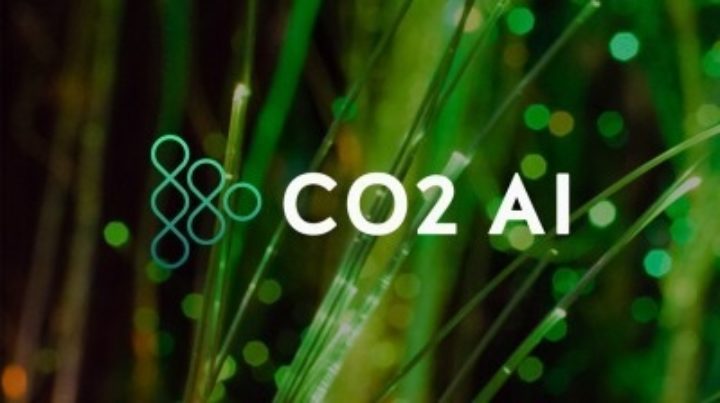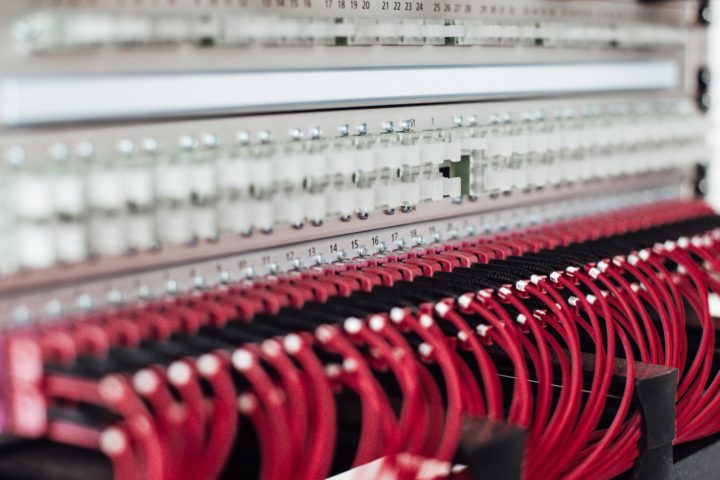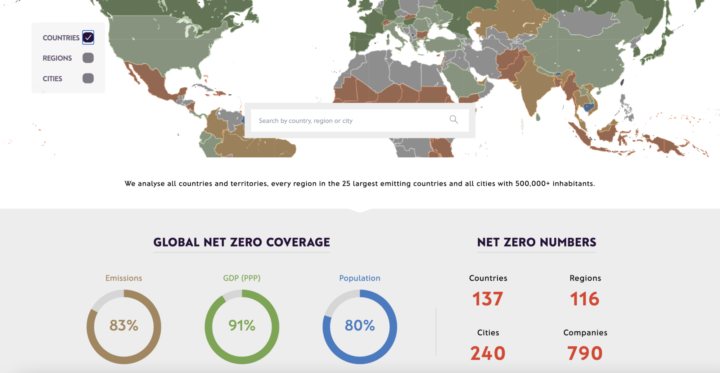Artificial intelligence in the battle against climate change
Amongst more familiar climate solutions, artificial intelligence is less well-understood, but with no less potential to help
By Annie Moses
Share
Last updated:

Catastrophic environmental disasters are being driven and intensified by climate change. This summer alone saw devastating droughts in China, wildfires across Europe, and floods in Pakistan born from the melting of northern glaciers and extended monsoons. The frequency and severity of such events is increasing, with our basic needs of food security, power and a stable economy at stake.
We have the solutions
The solutions that exist to avert climate dystopia has been highlighted by the International Energy agency in May last year, and by the Intergovernmental Panel on Climate Change’s sixth assessment mitigation report. For the first time, both dedicated space to the importance of innovation and technology to achieve deep decarbonisation.
The IEA declares that most of the global CO2 emission reductions by 2030 will be delivered by technology already available in today’s market, but the majority, including hydrogen-based fuels, synthetic fuelled planes/ trucks and mass CCS (carbon capture and storage) plants are in prototype phases. Due to this, we still heavily rely on unsustainable power – shown by the 50% production increase of natural gas, and 10% increase in oil production in 2021 according to the Department for Business, Energy and Industrial Strategy.
Evidently, the government needs to support more research, development and testing to deploy emission reducing technology in time for net zero goals. Among these is an important yet not well-understood novelty - artificial intelligence (AI).
Artificial intelligence
Artificial intelligence - AI - leverages computers and machines to mimic the problem-solving and decision-making capabilities of the human mind; something which can be applied in almost any context we can imagine.
According to the European Union’s Research and Innovation rapporteur, Annette Ekin, “AI can strengthen climate predictions, enable smarter decision-making for decarbonising industries from buildings to transport, and work out how to allocate renewable energy.”
One example of such advancement is by Google alums from DeepMind Technologies - a British artificial intelligence subsidiary of Alphabet Inc. They have used AI to manage temperature controls inside Google data centres, massively shrinking the company’s electricity bill. They are now bringing this technology to regulate temperatures in power plants and industrial giants – in short, some of the dirtiest fuel users.
Getting to grips with accurate emissions measurement

Another major industrial issue that AI helps tackle is the problem that most corporations cannot accurately measure and record their carbon emissions; without which they cannot effectively limit them. BCG’s (Boston Consulting Group) CO2 AI is a patented state-of-the-art technology that allows exchange of product level data, deep learning, and accurate emission measurement. It empowers organisations to calculate their carbon footprint and automatically compute, chart, and generate sound information to underpin well-supported decisions on how to cut them.
To reach the Paris Agreement goal and keep warming to 1.5°C globally, we must reduce 50% of emissions by 2030. Using this AI technology, BCG claim 5% to 10% of that reduction is guaranteed from their clients using it (totalling some 2.6 - 5.3 gigatons reduction of greenhouse gases).
Not all plain sailing
However, as with any new technology, it is not as simple as it can at first sound. A 2018 World Economic Forum (WEF) report suggested that, as helpful as AI could be, it also “has the potential to accelerate environmental degradation with its use of power-intensive GPUs (graphics processing units) which are used to process diverse data simultaneously.”

Using AI consumes a lot of energy – data centres crucial for machine learning and training AI systems demand abundant power. AI systems focus on enhancing the precision of results; with increasing accuracy comes more complex systems – which, in turn, require more energy. When renewable power is not available, then AI can be as detrimental as other energy-intensive polluters.
WEF concludes more investigation is necessary to large-scale and long-term deployment. But hope remains after a 2020 study on the role of artificial intelligence in achieving the Sustainable Development Goals. With support and regulatory oversight, AI was estimated to enable 93% of UN (United Nations) 17 SDG (Sustainable Development Goal) environmental targets – by speeding up existing solutions, facilitating development of low carbon buildings, and growth of smart cities.
Learning from the past
Advancements like AI are as urgent as ever to play their part in work to reduce and mitigate disasters happening worldwide – often hitting hardest those nations least able to afford the costs, and least responsible for the emissions that have caused the problem.
We have seen the world pull together before; in the 1980s when the ozone layer was depleted by harmful chemical emissions, nations famously united to phase them out. For an economic precedent, we could look to the establishment of the World Trade Organisation (WTO) – 130+ countries negotiated to enhance and further monitor trading of goods across borders. Major deals locked in a global policy framework that provided liberation to multinational corporations over a few decades, showing how an intricate global system with rules and regulations, services and enforcement mechanisms can be agreed and built.
The Paris Agreement could be seen as a more up-to-date version of these historical feats. Our future clean energy system could develop on the basis of some of these earlier lessons, supported to deliver at scale by artificial intelligence and smart technology, smoothing the world’s path towards net zero.

Momentum to net zero
Take a look at the Net Zero Tracker – showing over 200 cities and 769 companies making commitments to the clean transition – to see what progress is already being made. The inspirational efforts of brilliant activists and speakers like Elizabeth Wathuti undoubtedly form part of this shift: she told delegates to the COP26 climate summit in Glasgow that “the decisions made here will help determine whether children will have food and water”.
Her words and those of many others resonate power, and whether directly or not, collectively push advancements in the technology to achieve these goals – including AI.
Looking to the future
In 2021, the EU funded the AI XAIDA project to characterise, detect and attribute extreme events using a new data-driven, impact-based approach. Novel AI techniques will be used to develop climate modelling, and shed light on event attribution, atmospheric dynamics and more. XAIDA hopes to study the effect of climate change on phenomena like cyclones and convective storms and provide tools to assess the causes of the environmental disasters that would deprive children in developing nations of clean water and food.
Machine learning, despite its shortcomings, presents an exciting and ever-expanding field, in the climate sector, as in many others. It can recommend optimal solar panel placements using satellites, create spatial monitoring for carbon sequestration, and heavily impact the carbon credit markets.
Currently AI is best known for its application in tracking carbon footprints, making recommendations and optimising decisions or purchases to reduce climate impact. This makes it easier for companies who are serious about reducing their emissions and impact.
With imagination, commitment, investment and drive, it may shine as a revolutionary technology in the clean transition, helping bring a sustainable future and serving as a major asset in environmental protection.
Annie Moses is studying chemical engineering at University College London, currently on a placement working with the UK Environment Agency. Annie believes tackling the climate crisis may be one of the greatest feats her generation will face, and seeks to build her education and career accordingly.
Share